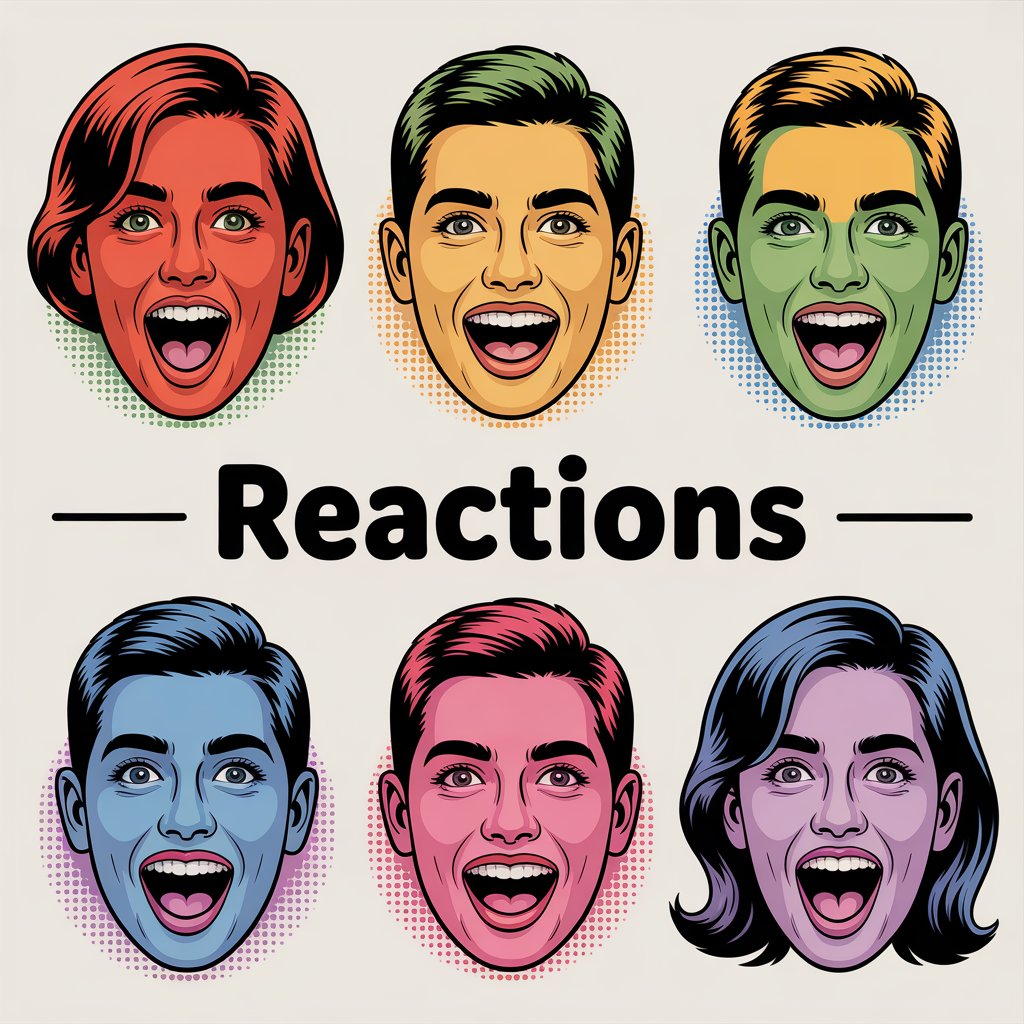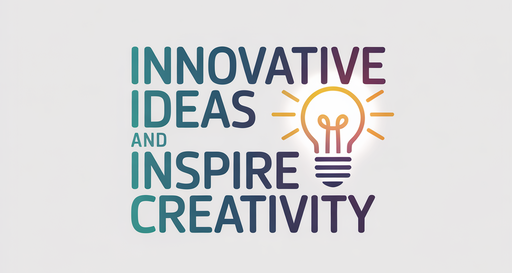Reaction Faces: The Ultimate Guide to Internet Memes and Online Expression
What Are Reaction Faces? Understanding the Internet’s Emotional Shorthand
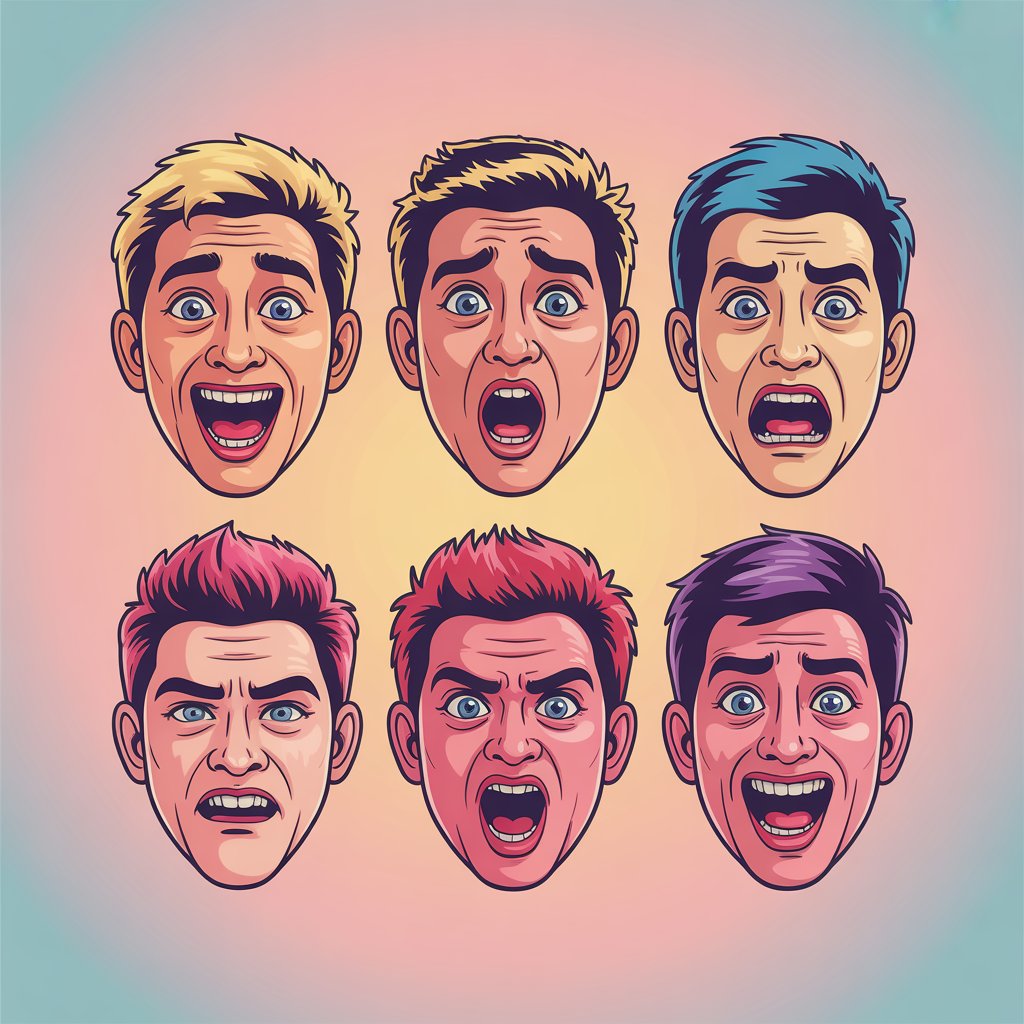
Reaction faces are images or GIFs used to express emotions in online conversations, serving as a visual shorthand for humor, sarcasm, shock, or empathy. Unlike emojis, reaction faces—often sourced from pop culture like movies, TV shows, or comics—are raw, context-driven, and deeply embedded in internet meme culture. Whether it’s the smirking Trollface or a skeptical SpongeBob SquarePants, these images amplify digital communication on platforms like X, Reddit, and Discord.
Why Matter in Online Communication
In today’s fast-paced digital world, reaction faces convey complex emotions instantly, transcending language barriers. They’re a key part of meme culture, fostering community and humor in online spaces. From casual chats to viral X posts, reaction images make conversations engaging and relatable.
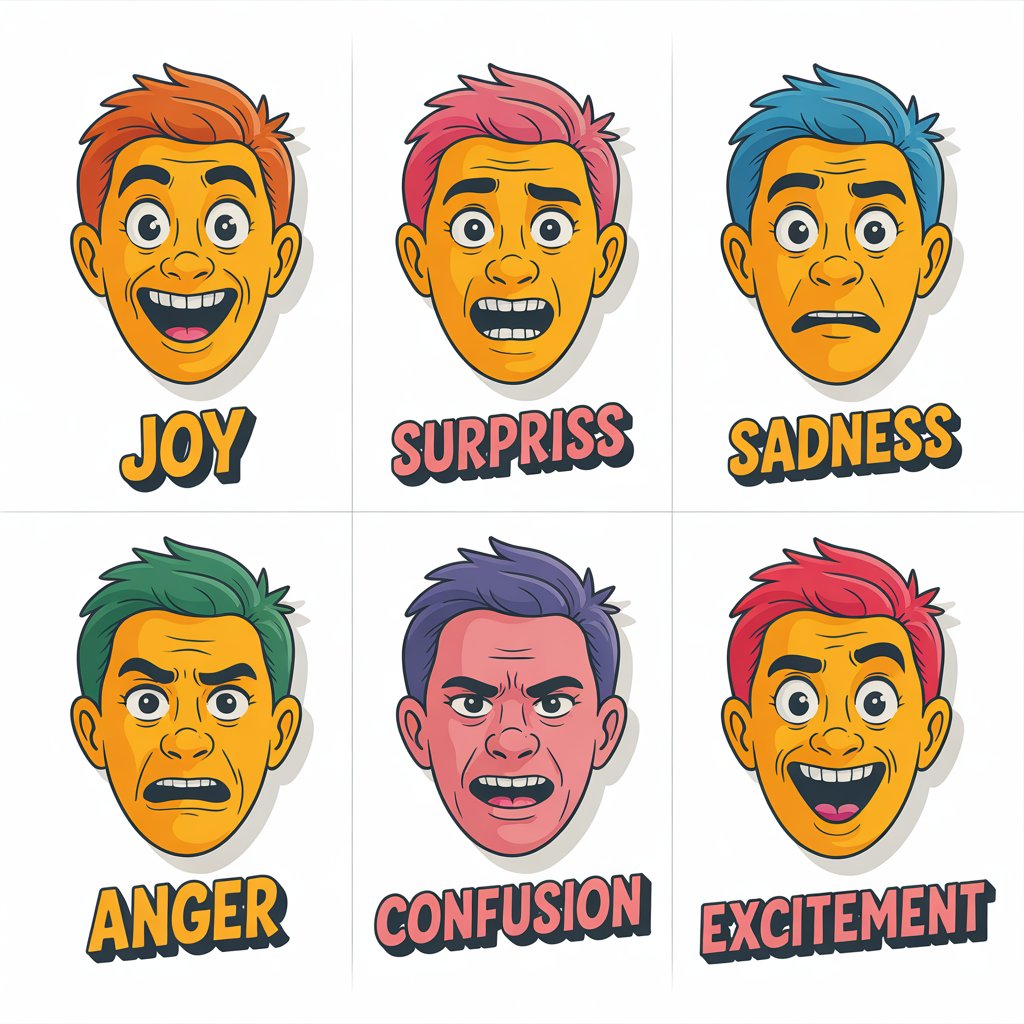
The History of Reaction Faces: From Rage Comics to Viral GIFs
Early Beginnings (Late 1990s–Early 2000s)
The roots of reaction faces lie in early internet forums like 4chan and Something Awful. Simple emoticons evolved into more expressive images as users sought creative ways to respond online.
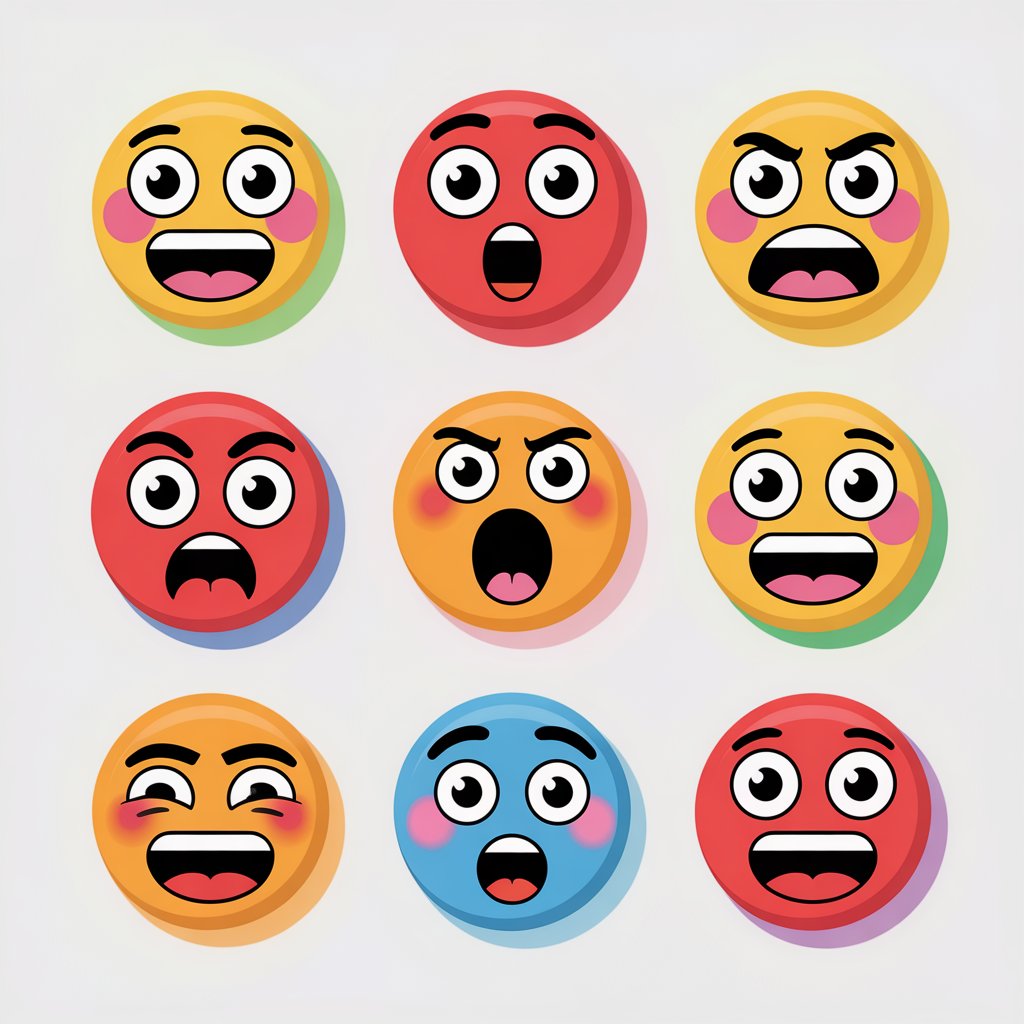
- Rage Comics (2008): Rage comics introduced iconic reaction faces like Trollface, Forever Alone, and Me Gusta. These crudely drawn characters captured exaggerated emotions and spread rapidly on Reddit and 4chan.
Celebrity Screenshots: Candid moments, such as Taylor Swift’s shocked expression at the 2010 VMAs or Leonardo DiCaprio’s squinting laugh in Django Unchained, became go-to reaction images.
Why Are So Popular
Reaction faces resonate because they’re versatile, relatable, and fun. Here’s why they dominate online communication:
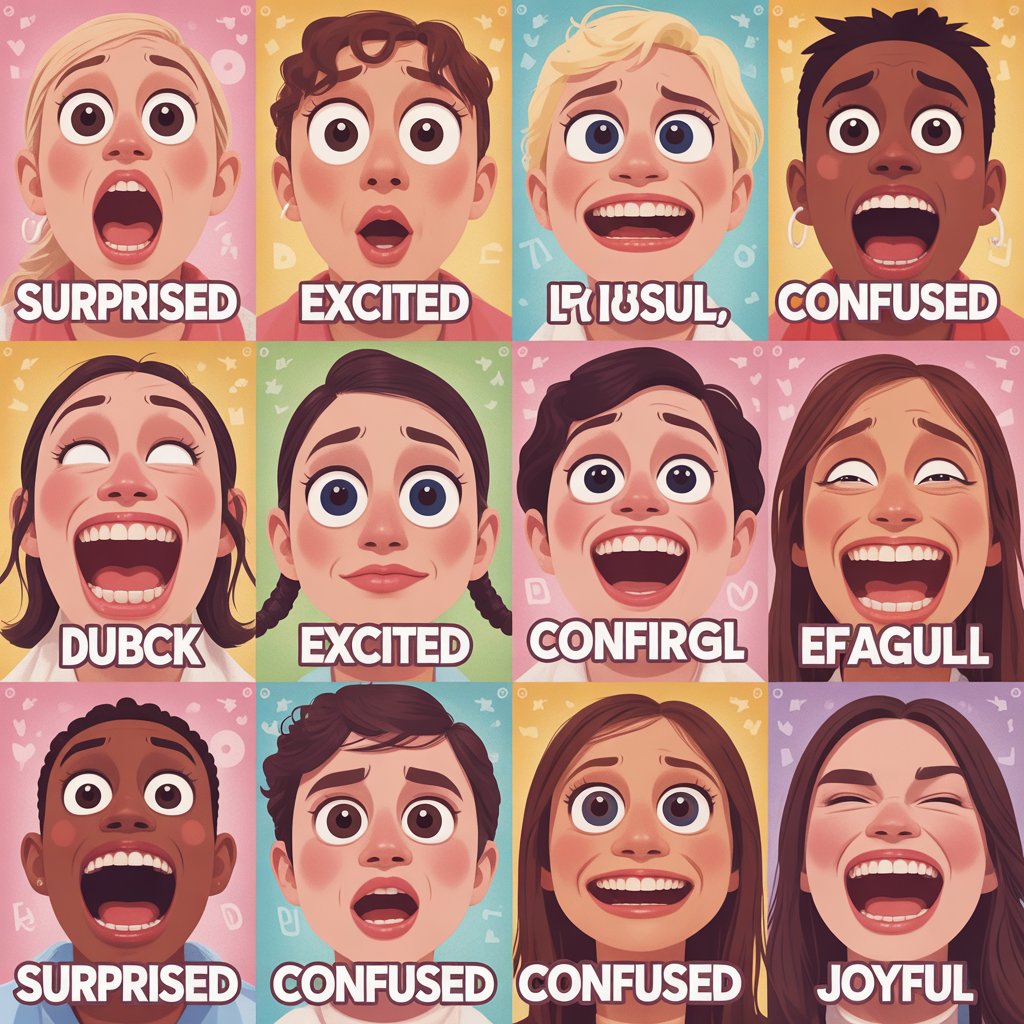
- Universal Emotions: A raised eyebrow from The Office’s Jim Halpert conveys skepticism worldwide, making reaction faces a global language.
- Contextual Flexibility: Images like the “Distracted Boyfriend” meme can represent infidelity, temptation, or even switching hobbies, depending on the caption.
- Humor and Irony: Exaggerated faces like Wojak or Pepe the Frog lean into absurdity, amplifying online banter.
- Community Bonding: Sharing niche reaction faces, like a specific SpongeBob meme, signals membership in internet subcultures.
Featured Snippet: Top Reasons Reaction Faces Are Popular
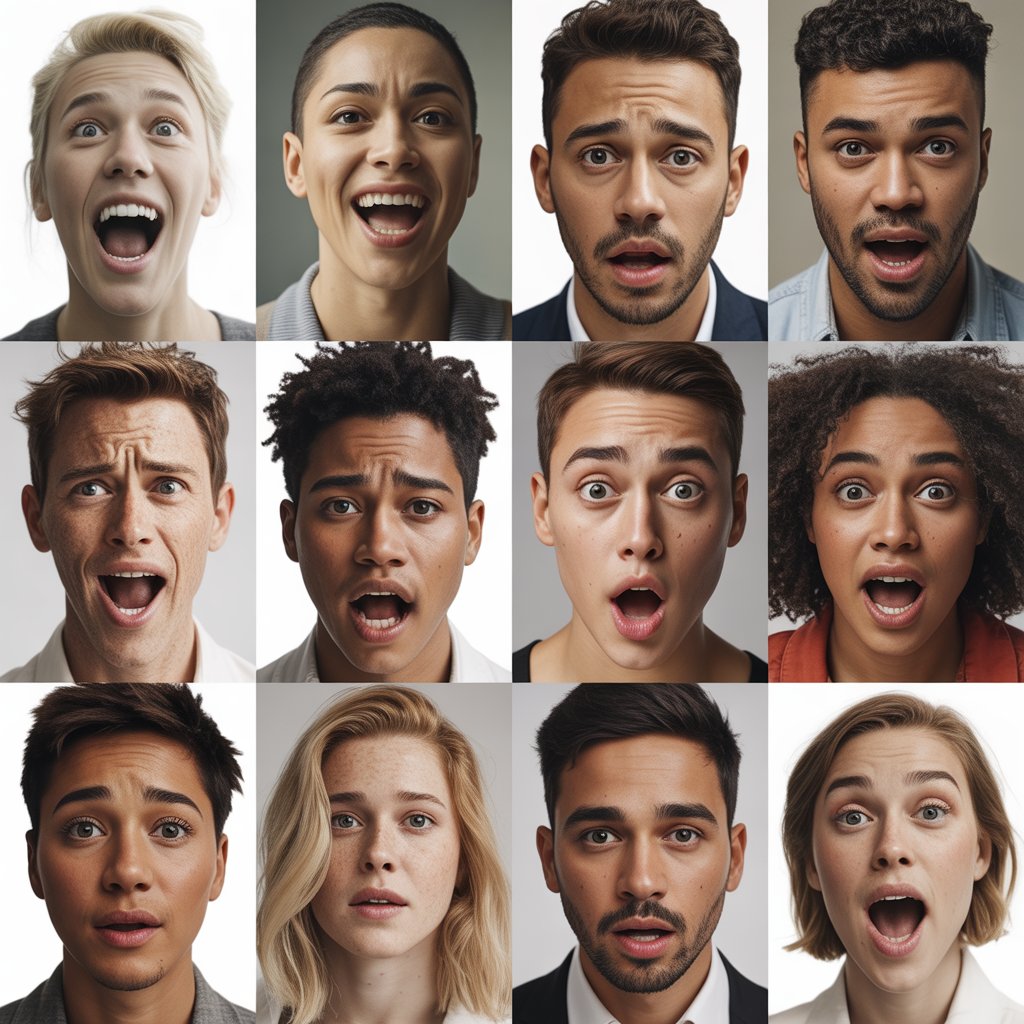
- Convey emotions instantly
- Transcend language barriers
- Add humor and irony to conversations
- Foster online community connections
Types of Reaction Faces: A Breakdown
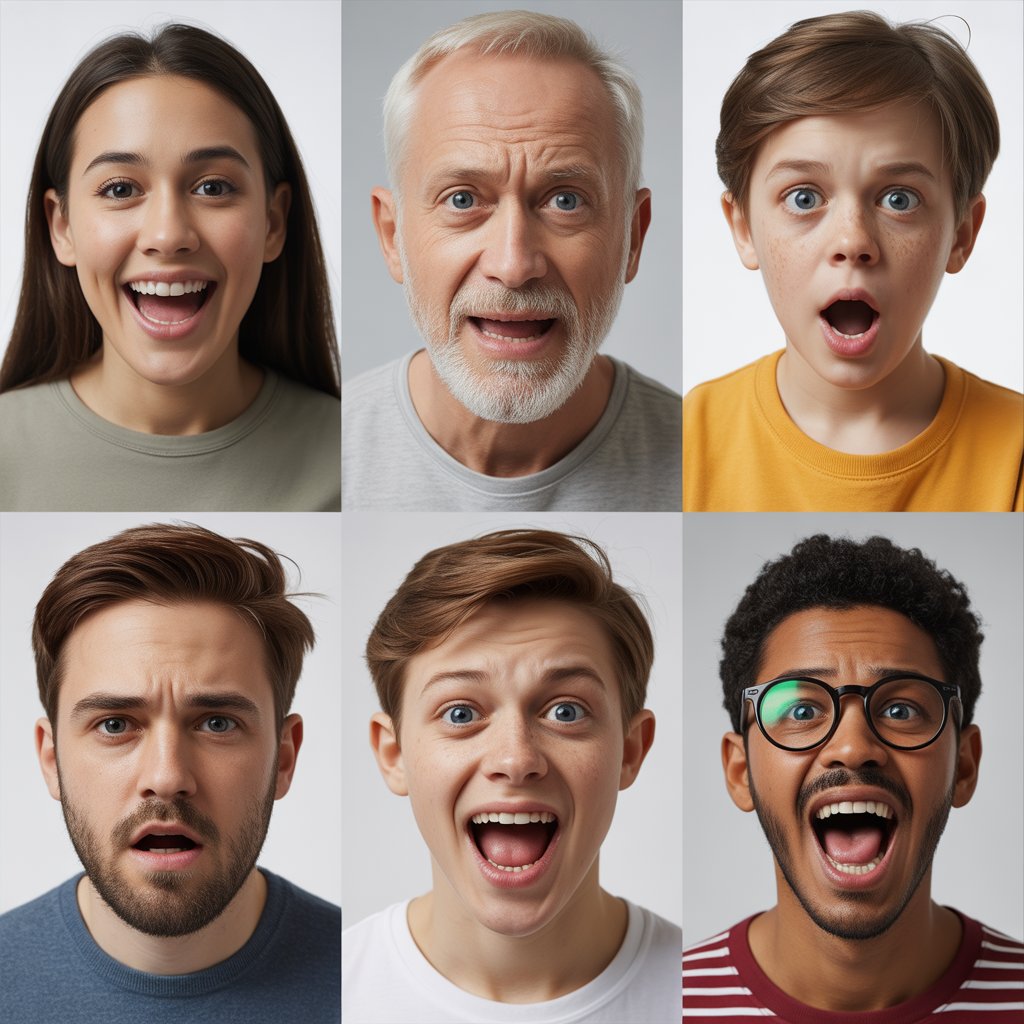
Rage Comic Faces
Originating from early internet comics, faces like Trollface and Forever Alone remain iconic for their exaggerated expressions. They’re often used for comedic or ironic reactions.
Celebrity Reaction Images
Screenshots of celebrities in candid moments—like “Crying Jordan” or Kanye West’s confused stare—are versatile and widely recognized.
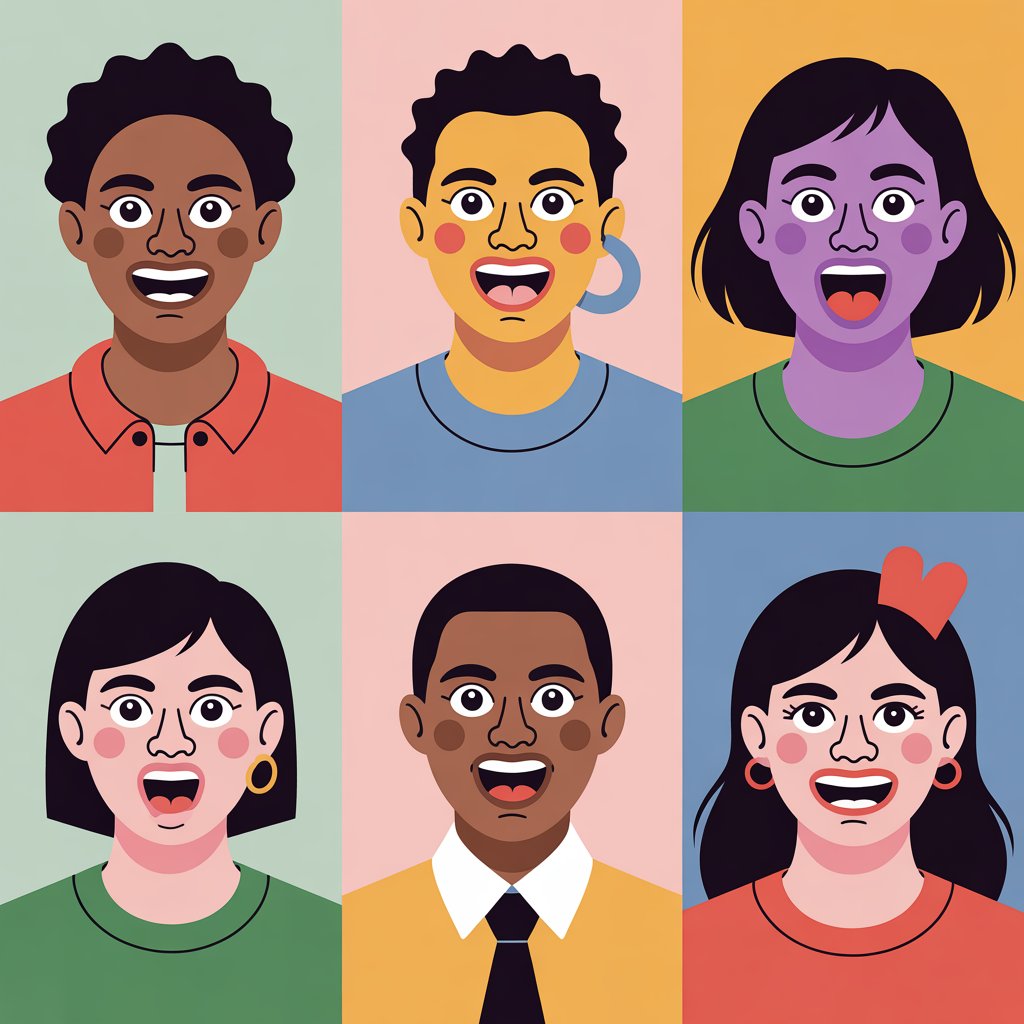
Anime and Manga Reactions
Expressive panels from anime like Attack on Titan or manga characters crying or smirking are popular in fandoms and on platforms like Discord.
TV and Movie Clips
GIFs from shows like The Office or movies like Once Upon a Time in Hollywood capture relatable moments, such as Rick Dalton’s drink-pointing scene.
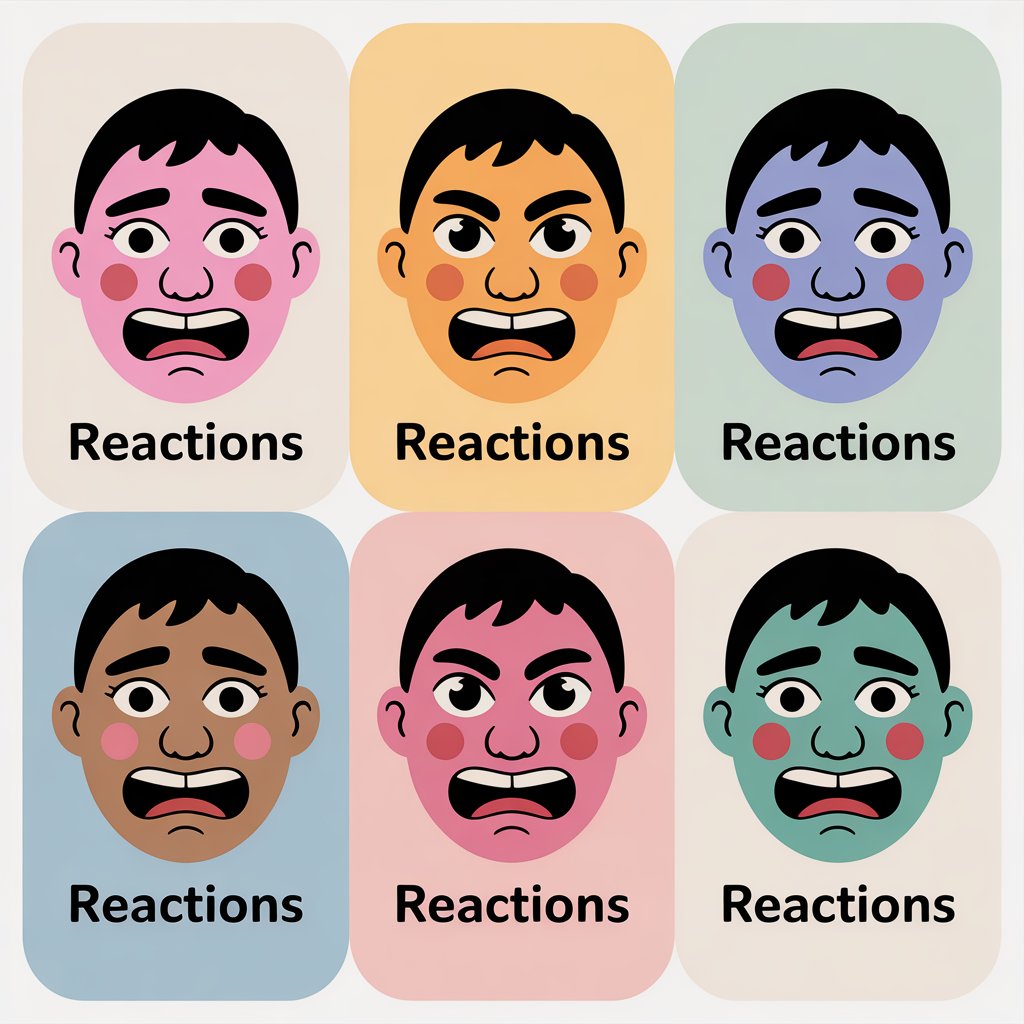
AI-Generated Reactions
With tools like DALL-E, users create custom reaction faces, blending real and fictional characters for hyper-specific emotions.
How to Use Effectively
Match the Context
Choose a reaction face that aligns with the conversation. A sarcastic Wojak works for ironic comments, while a joyful SpongeBob fits positive vibes.
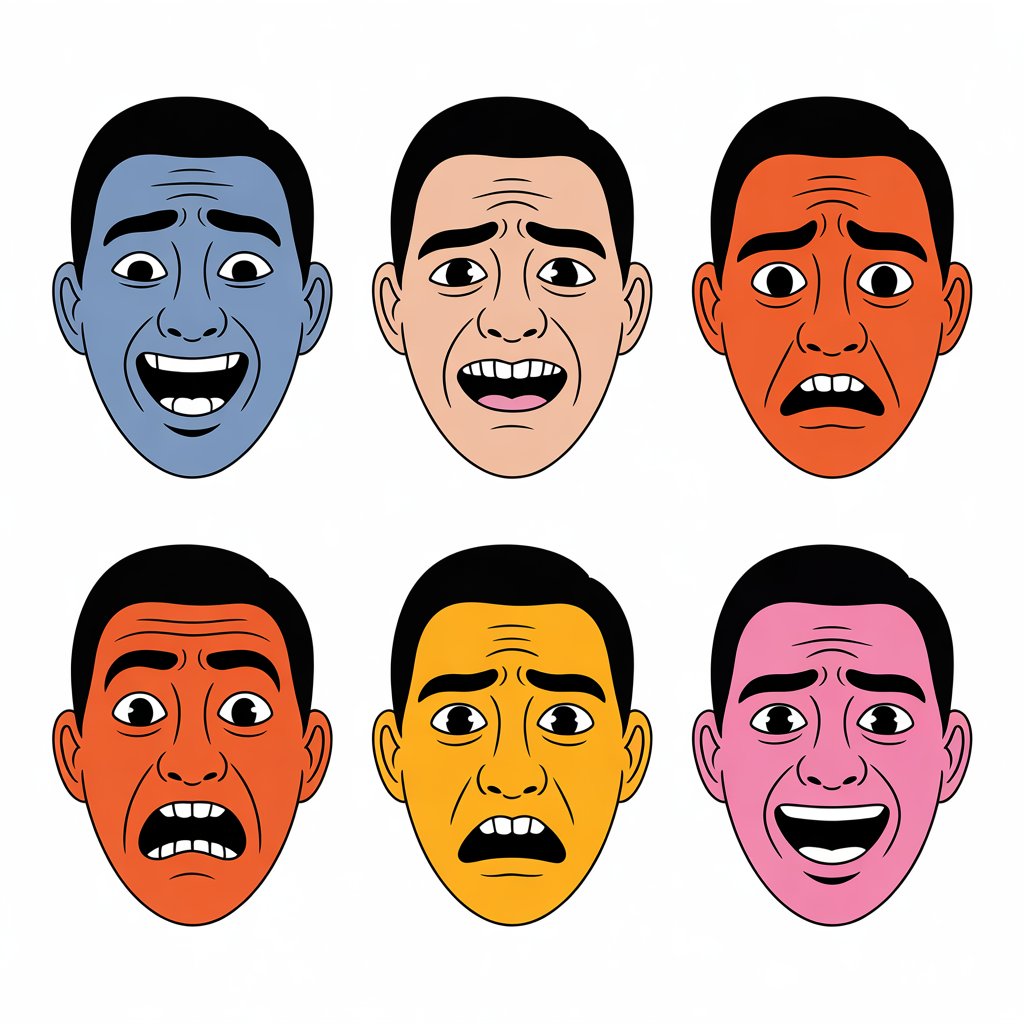
Know Your Platform
On X, reaction faces often accompany witty replies to trending posts. On Discord, they’re used in real-time chats for quick responses.
Avoid Overuse
Spamming the same reaction face dilutes its impact. Rotate your choices to keep conversations fresh.
Create Your Own
Use tools like Photoshop or Canva to craft custom reaction images from your favorite media, adding a personal touch.
The Cultural Impact of Reaction Faces
Reaction faces have left a lasting mark on internet culture:

- Memetic Language: They’ve created a visual shorthand that’s often faster than text, shaping how we communicate online.
- Pop Culture Preservation: Moments like “Distracted Boyfriend” or “Crying Jordan” stay relevant through reaction face usage.
- Commercialization: Brands use reaction faces in marketing, though forced attempts (e.g., corporate Pepe memes) often fall flat.
Subcultural Symbols: Some faces, like Pepe the Frog, have been co-opted by controversial groups, sparking debates about their use.
The Future of Reaction Faces
As internet culture evolves, reaction faces will adapt:

- AI and Deepfakes: AI tools will generate hyper-specific reaction images, tailored to niche contexts.
- Augmented Reality (AR): Snapchat filters could turn users’ faces into real-time reaction memes.
- Cross-Platform Integration: Custom reaction faces are already popular on Discord and Slack, bridging casual and professional communication.
- Copyright Challenges: Studios or celebrities may claim ownership over viral reaction images, limiting their use.
Potential Challenges
- Oversaturation: Overused memes lose impact, requiring fresh visuals.
- Misinterpretation: A reaction face used out of context can confuse or offend.
- Cultural Sensitivity: Some images may carry unintended connotations in different regions.
How to Create Your Own Reaction Face
Want to make a viral reaction face? Follow these steps:
- Choose a Source: Pick a memorable moment from a movie, show, or personal photo.
- Edit the Image: Use tools like Photoshop or GIMP to crop, enhance, or add text.
- Optimize for Sharing: Keep file sizes small (under 1MB) for easy posting on X or Discord.
- Share Strategically: Post on platforms like Reddit or X with relevant hashtags to gain traction.
